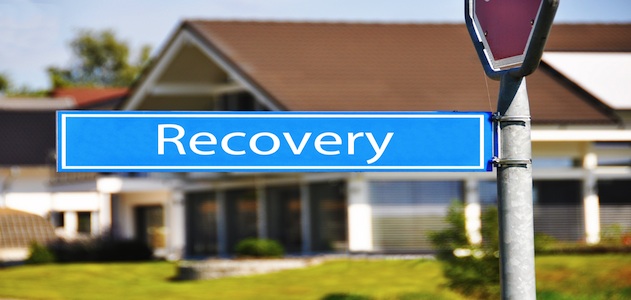National default rates during January declined as the national composite reached 1.34%, a marginal decline from 1.35% in December and 1.63% last year. This number reflects all debt asset classes, including mortgages, auto loans, credit cards, etc.
Meanwhile, the first mortgage default rate hit 1.26% in January, a slight dip from 1.27% in December and 1.58% in 2013. The second mortgage reported 0.72% in January, falling from 0.76% in December.
“The severe weather conditions afflicting the country impacted economic activity,” says David Blitzer, managing director and chairman of the Index Committee for S&P Dow Jones Indices.
While it is hard to capture the full impact of the weather on the economy since every state deals with problems differently, the numbers show that after this week’s weak retail sales number for January that 1Q14 GDP growth is tracking at 1.4%, down from the 2.2% tracking figure for 4Q13, HousingWire reported last week.
“Our economists indicate we may not get a clean reading on the economy until March data are released in April. Note the words “may not.” In other words, it could take longer to get a clean reading. Nonetheless, they forecast weak growth of 2.0% in 1Q14 and a strong rebound to 3.3% in 2Q14,” according to a recent report from Bank of America Merrill Lynch.
“All the month-to-month changes were small. Two out of the five cities saw default rate decreases,” Blitzer said.
Chicago’s rate jumped the most, posting a 1.75% increase, 13 basis points higher than last month’s level.
In addition, New York saw its default rate rise, increasing 1.49%, 11 basis points higher than December’s level, and Los Angeles posted 1.07%, the same as last month: the lowest default rate since July 2006.
Miami maintained the highest default rate, compared to Los Angeles, which had the lowest.
However, all cities—Chicago, Dallas, Los Angeles, Miami and New York—remain below default rates posted a year ago, in January 2013.






